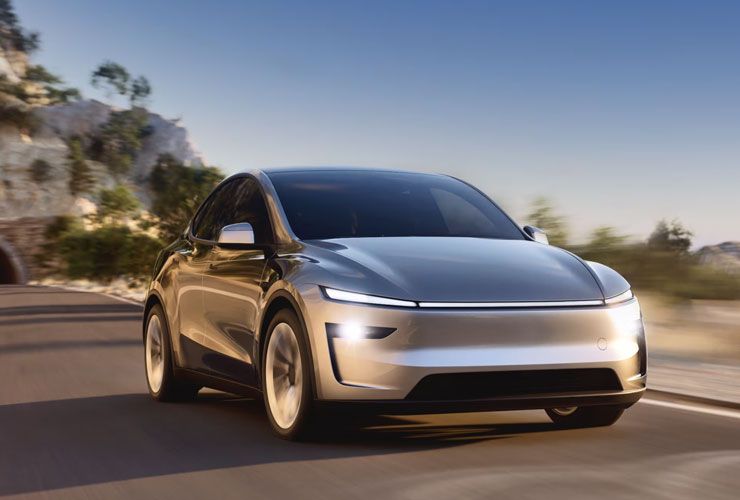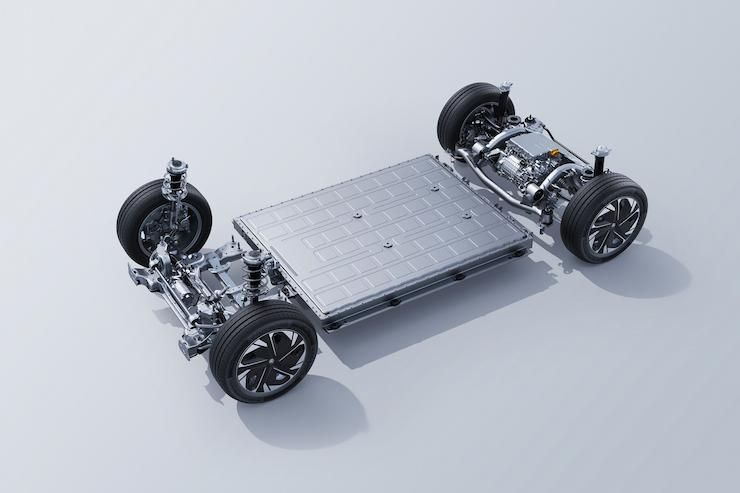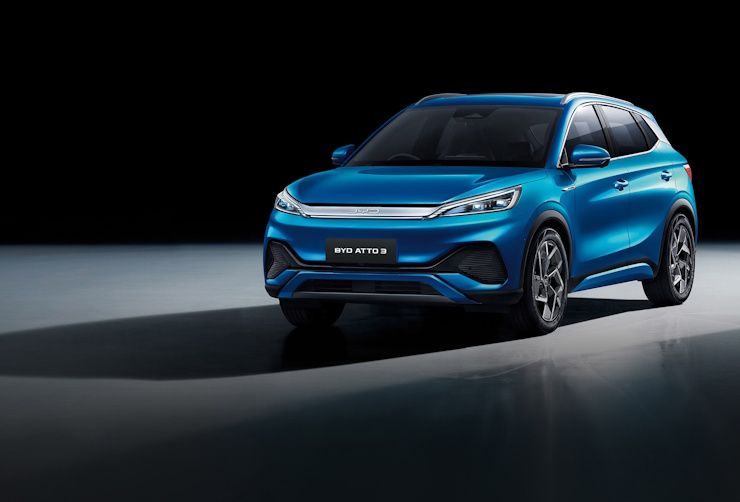The Man Who Built Tesla – No, It’s Not Elon Musk!


When people think of Tesla, the name Elon Musk instantly comes to mind. The billionaire entrepreneur is widely regarded as the face of the electric car revolution, steering Tesla into becoming the world’s most valuable car company. But behind the headlines and Musk’s larger-than-life persona lies a name that rarely makes it to the spotlight: JB Straubel. The man who built Tesla’s backbone, from its battery architecture to its engineering culture, is not the one sitting on Twitter, but the one who quietly put in the groundwork that made Tesla’s ambitions technically possible.

Jeffrey Brian Straubel, better known as JB Straubel, joined Tesla in 2004 as its fifth employee. At that time, Tesla was little more than a sketchy startup with bold claims and no proof. Musk had just made his initial investment and was still a backseat contributor. Straubel, an engineering prodigy with a background in energy systems, came in with a singular vision—make electric cars not just practical but desirable.
He led Tesla’s technical development for 15 years, overseeing battery pack design, power electronics, motor architecture, and even the Gigafactory concept. The original Tesla Roadster was his proof of concept. The Model S was his engineering masterstroke. Straubel didn't just manage teams - he built them. It was Straubel who pushed for in-house vertical integration at a time when auto industry veterans scoffed at the idea. That culture now forms the very DNA of Tesla’s manufacturing success.

Long before electric vehicles became a buzzword, Straubel had been obsessed with energy storage. He was among the first in Tesla to realise that lithium-ion batteries, if engineered properly, could power a high-performance car without compromising range. That vision led to Tesla’s pioneering battery pack architecture, a modular system of thousands of cylindrical cells that balanced energy density, thermal management, and cost.
Straubel was also the key driver behind Tesla’s Gigafactories. He championed the idea of producing batteries at scale, not only to lower costs but also to control quality. While Musk may have made the term ‘Gigafactory’ a marketing catchphrase, it was Straubel who defined what actually went inside these facilities. His obsession with efficiency and control over raw material sourcing laid the groundwork for Tesla’s current dominance in the EV battery supply chain.

Straubel’s departure in 2019 raised eyebrows. It was quiet, almost out of character for a company known for dramatic announcements. At the time, many assumed he was just stepping away after a long stint. But industry insiders saw it differently.
As Tesla moved more into the limelight and Musk’s public profile surged, Straubel’s influence inside the company appeared to wane. The focus shifted from deep engineering to scaling and branding, areas Straubel reportedly had little interest in. He had always been the quiet builder, not the showman.
After leaving Tesla, he founded Redwood Materials, a company focused on battery recycling and supply chain sustainability. Ironically, his new venture could one day become critical for Tesla’s future, as access to battery-grade materials becomes more competitive. Straubel’s bet is clear - he wants to close the loop on EV sustainability, from mining to recycling, something Tesla is still working towards.
It’s easy to overlook how critical JB Straubel was to Tesla’s early survival. When the Model S launched in 2012, it was years ahead of anything else in the market. Its range, performance, and safety ratings stunned the industry.

Underneath that sleek body was an energy system Straubel and his team spent years perfecting. From battery cell chemistry and thermal design to integrating electric drivetrains with software, every inch of innovation had Straubel’s fingerprints.
Even today, much of Tesla’s engineering playbook follows the principles he set. The platform-based architecture for vehicles, the decision to use cylindrical cells over pouch or prismatic ones, and even the minimalist interiors with software-based controls; these weren’t marketing choices, they were engineering decisions born out of Straubel’s deep technical thinking.

As Tesla faces increasing competition from legacy automakers and new EV startups alike, the focus is shifting back to engineering fundamentals. Companies like Hyundai, BYD, and Volkswagen are closing the software and battery gap fast. Tesla’s once insurmountable lead in range and performance is no longer guaranteed. In this new phase, the value of a Straubel-like figure becomes even more apparent.
Musk remains Tesla’s visionary-in-chief, but without another deep engineering mind like Straubel, the company risks becoming a brand that lives more on past innovation than future breakthroughs. Tesla’s Autopilot programme, for example, has faced both regulatory pushback and technical criticism. The need for grounded, rigorous engineering is greater than ever, especially when dealing with technologies that affect road safety.
JB Straubel never wanted to be the face of Tesla. But for those who look beyond the headlines, he is the man who made Tesla what it is today. In an era where attention often outweighs contribution, Straubel’s story is a rare reminder that the most important work often happens behind the scenes.
His legacy isn’t just in the patents or the battery packs. It’s in the very culture of Tesla; engineering-led, vertically integrated, and future-focused. And while Musk might have taken Tesla to Mars in public perception, it was Straubel who laid the foundation back on Earth.